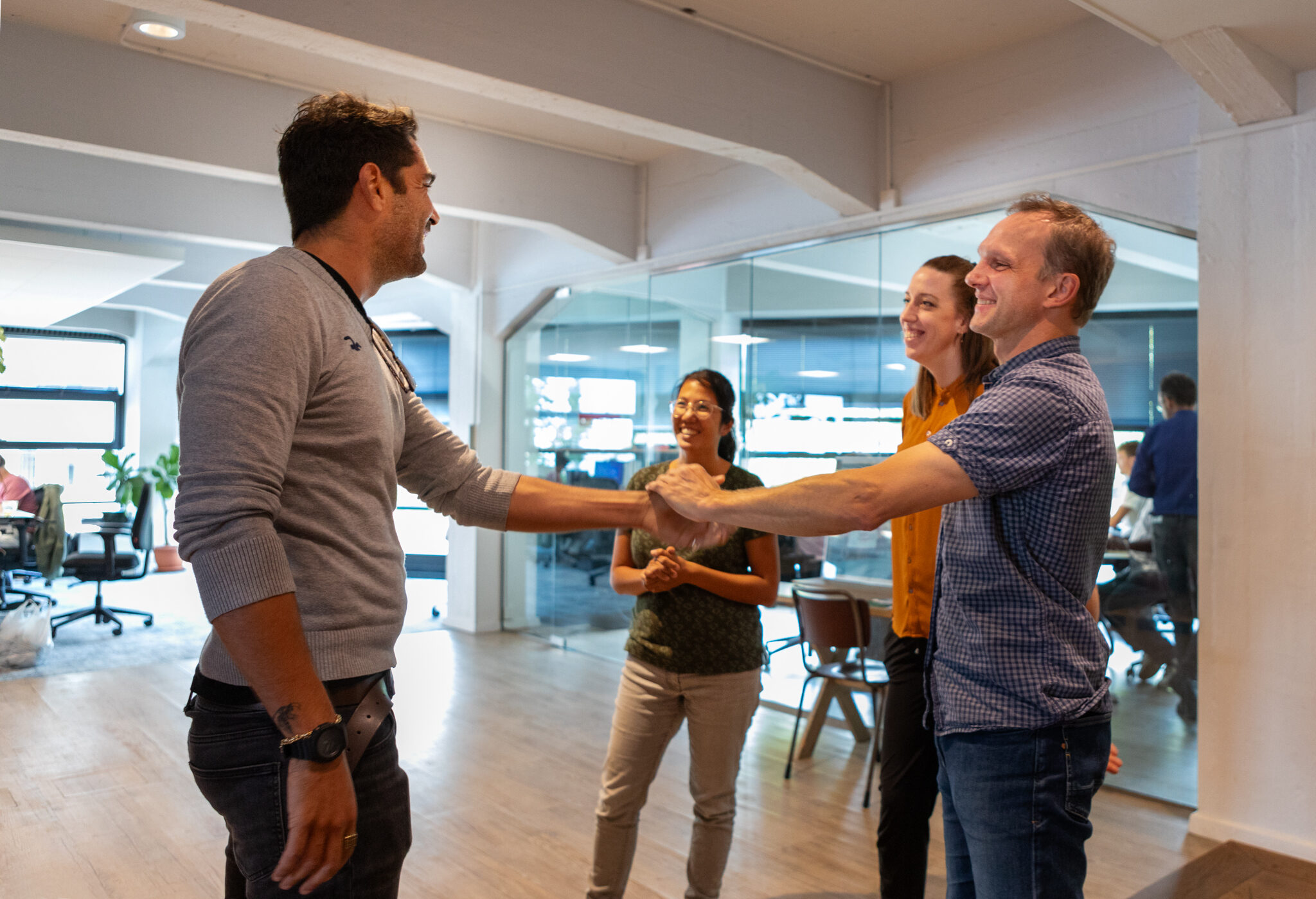
Integrity and diversity at SOMO
At SOMO, we have a detailed Integrity Policy aimed at preventing unethical behaviour and other forms of wrongdoing and malpractice. The policy includes procedures for follow-up on alleged misconduct.
SOMO employees are expected to adhere to the SOMO Code of Conduct, which makes explicit the principles for the research we do ourselves and the research done by others for us. These principles include effectiveness, independence, reliability, protection of sources, quality, transparency, cooperation, right of reply, and accountability.
Diversity, equity and inclusion
We aim to integrate an intersectional approach to gender and diversity in our work and internal organisation, drawing on an analysis of dynamic and diverse power relations.
SOMO promotes diversity, equity and inclusion on three levels:
- organisational level;
- cooperation level;
- strategic / project level.
| Female | Male | |
| Supervisory board | 2 | 1 |
| Executive board | 1 | 0 |
| Programme managers | 1 | 0 |
| Researchers/coordinators | 13 | 9 |
| Communications | 3 | 2 |
| Other staff | 4 | 2 |
On the organisational level, policies are implemented to:
- Have a gender balance and promote diversity on the board and management levels;
- Promote diversity in vacancies, recruitment and selection;
- Inclusive decision-making by implementing a horizontal way of organising, collective strategic decision making and participatory policy development;
- Raise awareness and train staff to integrate gender and diversity/intersectionality in all elements of the work (at least one workshop/training a year).
- Include gender focus in the internal audits of SOMO processes.
On the cooperation level, processes are implemented to:
- Assess new partners on gender/diversity in the organisation;
- Plan and monitor gender strategies applied in the projects implemented together with our alliances.
- Collaborate with gender and feminist groups on different projects and campaigns around the world.
On strategy and program level SOMO:
- Started to integrate gender/intersectionality as one of the focus areas.
- Has developed research methods for gender aspects in supply chain research.
- Carries out research in the field of intersectionality, e.g. Gender and the policies of Dutch Banks (together with the Fair Finance Guide); Gender and the OECD Guidelines for Business and Human Rights; Gender and Tax Justice.
Diversity goals
We invest in agenda setting, awareness raising and providing tools to promote diversity, equity and inclusion. Our goal is an increased number of colleagues who integrate an intersectional approach to diversity and gender in their work at both programmatic and organisational levels.
Progress is monitored by the working group ‘intersectionality and gender’. This working group meets four times a year with the managing director to discuss the process and decide on actions to stimulate the continuous learning process. The working groups also give advice on new vacancies to improve the recruitment and selection process.
Filing a complaint
If you have a complaint, please inform us via our online complaint form or via SeeHearSpeakUp(opens in new window) , a third-party independent whistleblowing service. The service will act impartially to any concern you raise that violates our organisational policies and Code of Conduct.
Complaints can be submitted to SeeHearSpeakUp through an online form(opens in new window) , by email or by phone:
- From the Netherlands: 0800 022 2398
- From other countries: +44 1224 379303

